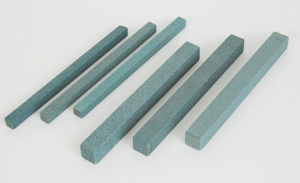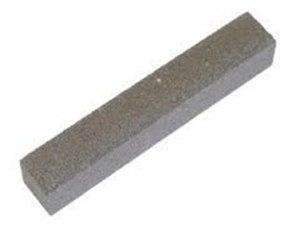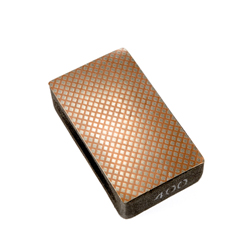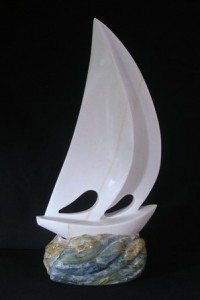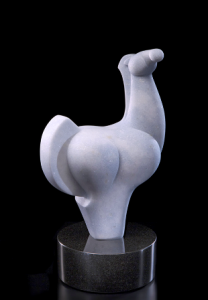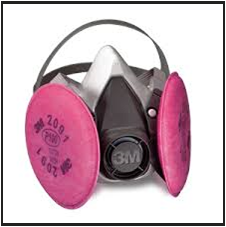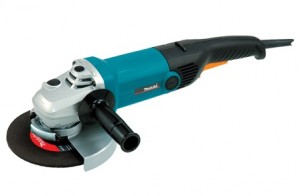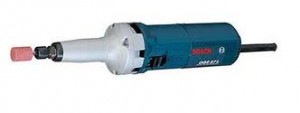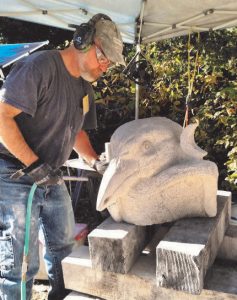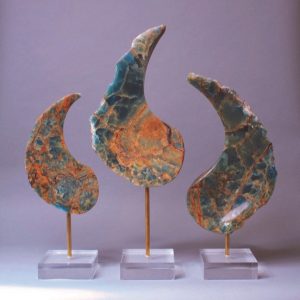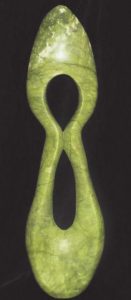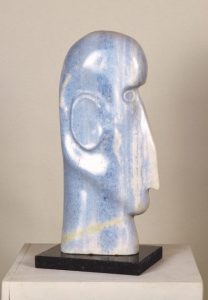Glue
Sometimes we need to secure a small crack, a micro-fissure, in a stone. Most often a few drops of super glue (Cyanoacrylate) will hold it until you finish working the area. I use the inexpensive stuff but for tight cracks, you might consider the really liquid versions of these better ones: Starbond, Zap, or Jet. They now make gel super glues for slightly wider openings.
In alabaster, this might be all you need to do. However, on marble, this type of glue may not be a permanent fix. Further, this doesn’t work well when you are gluing two pieces together. Epoxy, which is a two-part glue, is much stronger. Again you can use the inexpensive type from the hardware store. There is a more liquid type called penetrating epoxy (Tenax, Wood and Glue, and others). I do prefer the slower curing time ones – 20 minutes versus 5 minutes – to let me position components best.
Final note: If you are gluing two pieces together you may think all is well. However, it is possible that the pieces will break again along the very next row of crystals. Therefore, even though it is kind of a pain, it is best to put a small pin between the pieces which are to be reunited. This might just be a short ¼” stainless rod (or bolt with the head cut off) and then gluing the pieces with the epoxy.


